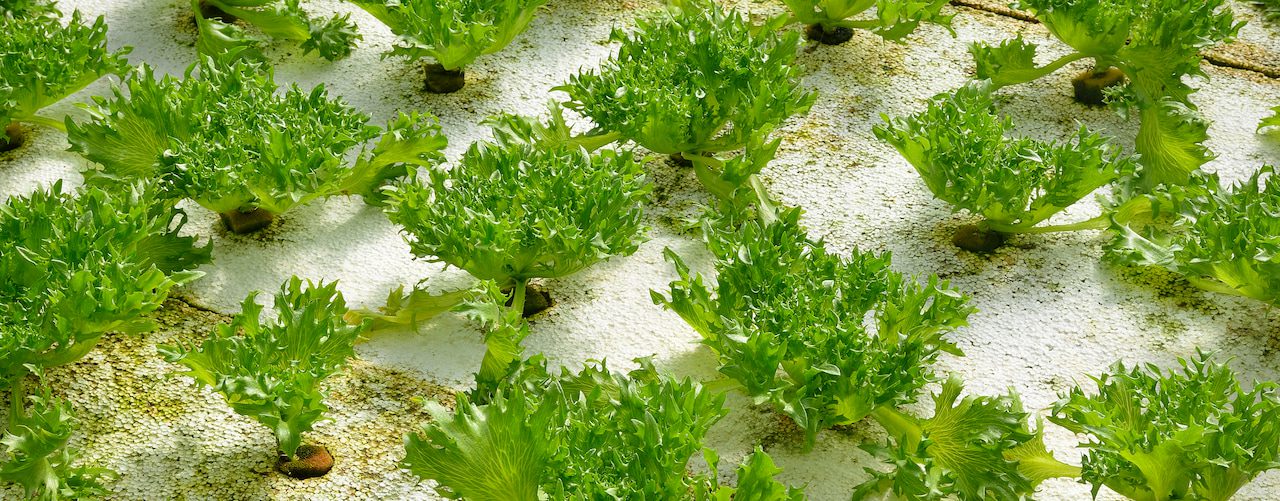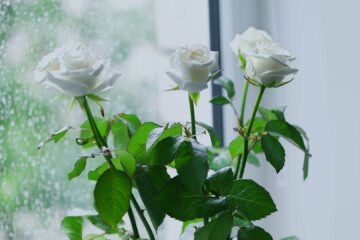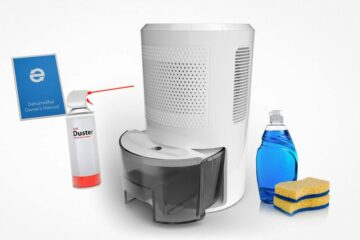Often when gardening, you don’t have the option to precisely control your herbs and vegetable humidity, but with hydroponics, that all changes. You can get a much better harvest out of your plants by carefully monitoring your humidity. There’s a different optimal humidity for seedlings, just as there’s a distinct humidity for the flowering period. You’ll probably need a garden dehumidifier.
To get started, you’ll want four things:
- A hygrometer
- Insulation for your greenhouse or hydroponics lab
- A garden dehumidifier
- And a standard humidifier.
Why Do I Need Insulation?
Despite everything, when the humidity outdoors changes, it changes the moisture indoors as well. Insulation does more than regulating the temperature but helps keep the relative humidity consistent as well.
Greenhouses and basements, the two most common places for hydroponics, tend to have little insulation since no one is expected to live in those spaces. By adding in some essential insulation, you manage your plant’s environment much easier.
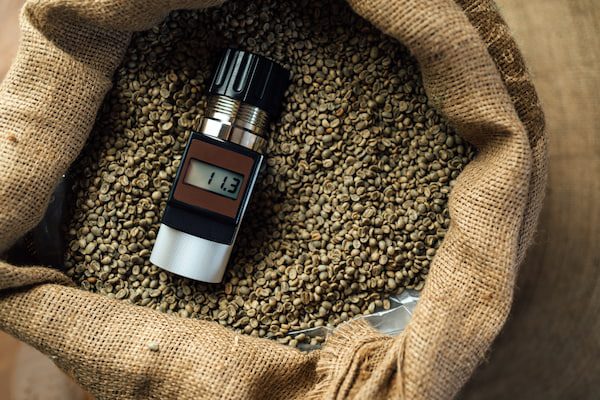
Nowadays, you can find transparent or opaque bubble wrap insulation that can get the job done and still help filter the light to your plants. A cheap alternative is always to get some two-inch-thick styrofoam boards to place along the walls.
The Best Humidity For Your Plants
The second thing you’ll need is to measure the humidity where you’re going to grow. The most effective way to do this is to buy a hygrometer. Typically they measure both the absolute and relative humidity to give you a solid idea of what other tools you’ll need.
If you plan on using seeds at any point, you’ll need both a garden dehumidifier and a humidifier. The humidity difference between the growth period and the flowering period isn’t as drastic as it is for seeds.
Humidity For Seedlings
While it does change from plant to plant, seedlings’ target humidity is usually around 50-60%. During the germination period especially, if the soil and the surrounding air are carrying too much water, the seeds become too saturated and won’t take root.
If you’re working in a shed or basement, you’ll almost certainly need to run your dehumidifier during this period, as they’re naturally damp places. Alternatively, you could buy saplings and skip the seedling phase entirely.
A quick tip for making sure your humidity matches every variety of plants in your garden: look up the region the plants are typically grown. If they tend to be farmed in the same places, it’s pretty safe to say they prefer the same humidity.
Humidity During Flowering
The best humidity during flowering can be anywhere from 70-90%! When trying to get fruits and vegetables during harvest, their preferred moisture can be wildly different.
Typically, this is when you’ll need to use your humidifier to keep the air moist for the plants. You don’t want to pump up the humidity too soon as it can still damage the roots just like it can during germination.
Likewise, most plants during the growth phase require somewhere between 60-80%. You can usually get more information from your local nursery.
The Dangers of Too-high Humidity
While plants tend to like high humidity, it’s easy for many to garner the attention of pests. Even indoors, small bugs and beetles tend to find where you’re hiding the good stuff.
To prevent this, you should watch your hygrometer. An easy way to look for warning signs is to firmly press on leaves without squeezing, and see if they’re damp before watering or misting.
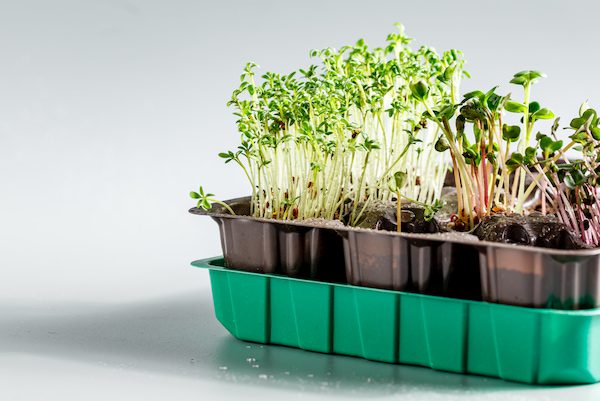
Your humidity is probably a little too high and causing dew to form on your plants if they are. You can use your garden dehumidifier to turn it down.
The Problem with Too-low Humidity
Plants in the growth or flowering stage hate low humidity too. Excessively low humidity for seedlings can prevent their ability to break the soil. In contrast, the same low humidity during flowering can cause the plant to wither.
Lower humidity can make the soil tougher, and cause the stomata in the leaves to close up to prevent the moisture from escaping the plant.
The Best Garden Dehumidifier
For your greenhouse or shed, we recommend using the the EDV-2400 Mid-Size Dehumidifier, which comes with a drain hose, so you don’t need to worry about forgetting to empty the tank.
